
Sigma revitalized its lens line-up back in 2012, introducing its ‘Global Vision’ optics that were divided into distinct Art, Contemporary and Sports categories. The Art lenses aim to maximize creative potential, while the Contemporary range is designed to have a modern look and feel, while keeping size and weight to easily manageable proportions. Sports lenses go all-out for speedy performance, generally in terms of autofocus and effective optical stabilization, making them ideal for action, sports, press and wildlife photography. Most of the Sports lenses that I’ve tried (and I’ve tried pretty much all of them) are weighty beasts that can be a challenge to carry around for long periods of time, and make handheld shooting a struggle for anything other than short bursts. The new 500mm Sports lens for Leica L and Sony E mount cameras aims to be one of the best telephoto lenses, while giving you the best of both worlds, combining high-end handling and performance with a relatively manageable size and weight.
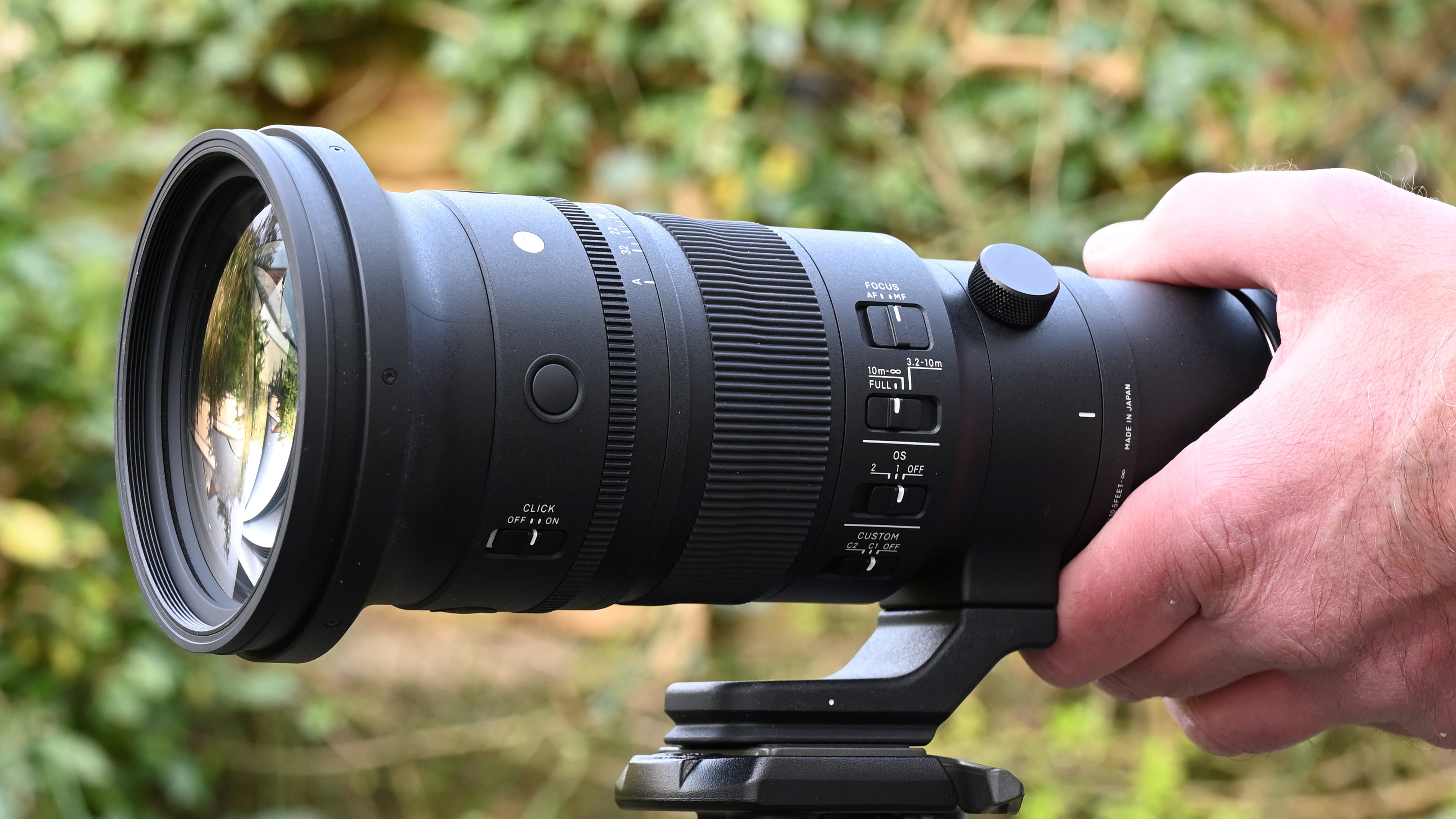
Sigma 500mm F5.6 DG DN OS Sports: What's changed?
Including a veteran 50-500mm lens nicknamed the ‘Bigma’, Sigma has made some notoriously weighty and unwieldy super-telephoto lenses over the years. The new 500mm is more like a cross-breed from the company’s Sports and Contemporary stables, aiming to combine the performance of the former with the portability of the latter. Let’s see how that works out.
Sigma 500mm F5.6 DG DN OS Sports: Specifications
Sigma 500mm F5.6 DG DN OS Sports: Price & Availability
Announced in February 2024 with availability following in March, the new 500mm F5.6 Sports has a list price of £2,779/$2,999. It’s certainly not Sigma’s first full-frame compatible super-telephoto prime. One of my personal favorites is the Sigma 500mm F4 DG OS HSM Sports, predominantly for Canon EF and Nikon F mount DSLRs, as well as for Sigma’s own SA mount cameras. It’s perhaps unfair to compare the two lenses, as the f/4 prime is a whole f/stop faster, but I will anyway. Launched back in 2016, the DSLR-friendly f/4 lens really is a handful, measuring 145x380mm and weighing in at a back-pain-inducing 3,310g. It’s a whole lotta lens and its about twice the price, at £4,999/$5,999. Even so, it’s great value compared with the likes of the Nikon AF-S 500mm f/4E FL ED VR, at £10,999/$10,297 and the Canon EF 600mm f/4L IS III USM, at £11,999/$12,999. Naturally, that’s all a bit academic if you shoot with an E or L mount mirrorless camera but, in the Sony camp at least, the Sony FE 600mm f/4 GM OSS is similarly pricey at £11,999/$12,998, whereas the Sony FE 200-600mm F5.6-6.3 G OSS zoom lens is a bargain buy at £1,599/$1,998.
Sigma 500mm F5.6 DG DN OS Sports: Design & Handling
For me, the headline attraction is the weight, or lack of it, the lens tipping the scales at just 1,370g. That’s less than many 70-200mm f/2.8 ‘trinity’ zooms. It’s reasonably compact as well, measuring 108x235mm, partly thanks to the f/5.6 rather than f/4 aperture rating, although it still has an oversized filter thread of 95mm. Even so, there’s no need to resort to drop-in filters, as featured in many super-telephoto lenses. For the sake of comparison, the lens is only 10g heavier than the simultaneously released Sigma 15mm F1.4 DG DN Diagonal Fisheye Art lens. That difference equates to just a couple of teaspoons of sugar. Bring on the coffee.
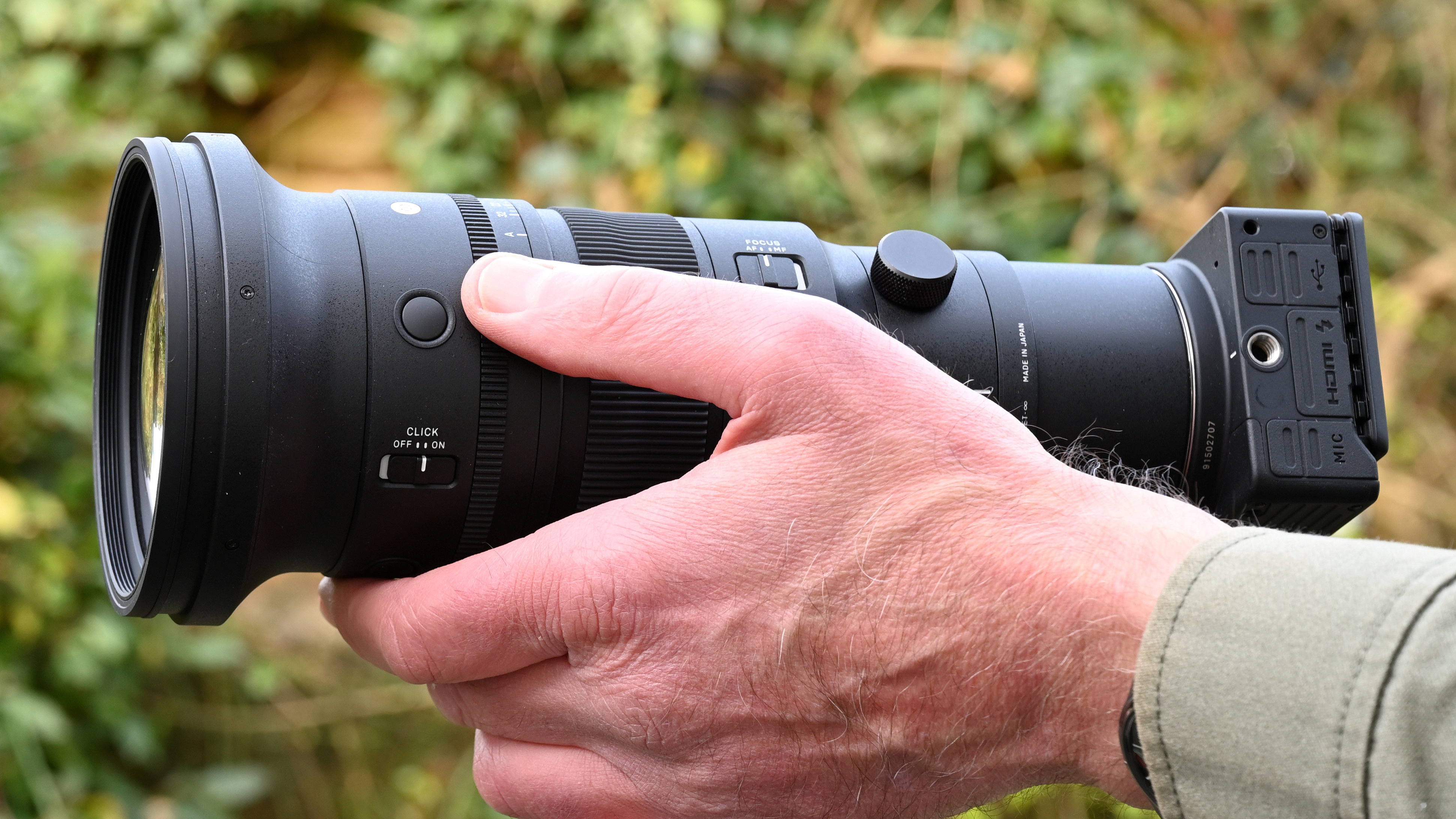
In keeping with the lens’s ‘Sports’ aspirations, it features a rapid HLA (High-response Liner Actuator) autofocus system, a linear stepping motor by another name, ideal for tracking the action in sports and wildlife photography. There’s also a 5-stop optical image stabilizer, based on Sigma’s latest OS2 algorithm, with a panning mode that works in diagonal as well as landscape and portrait orientation, further boosting the credentials for handheld shooting.
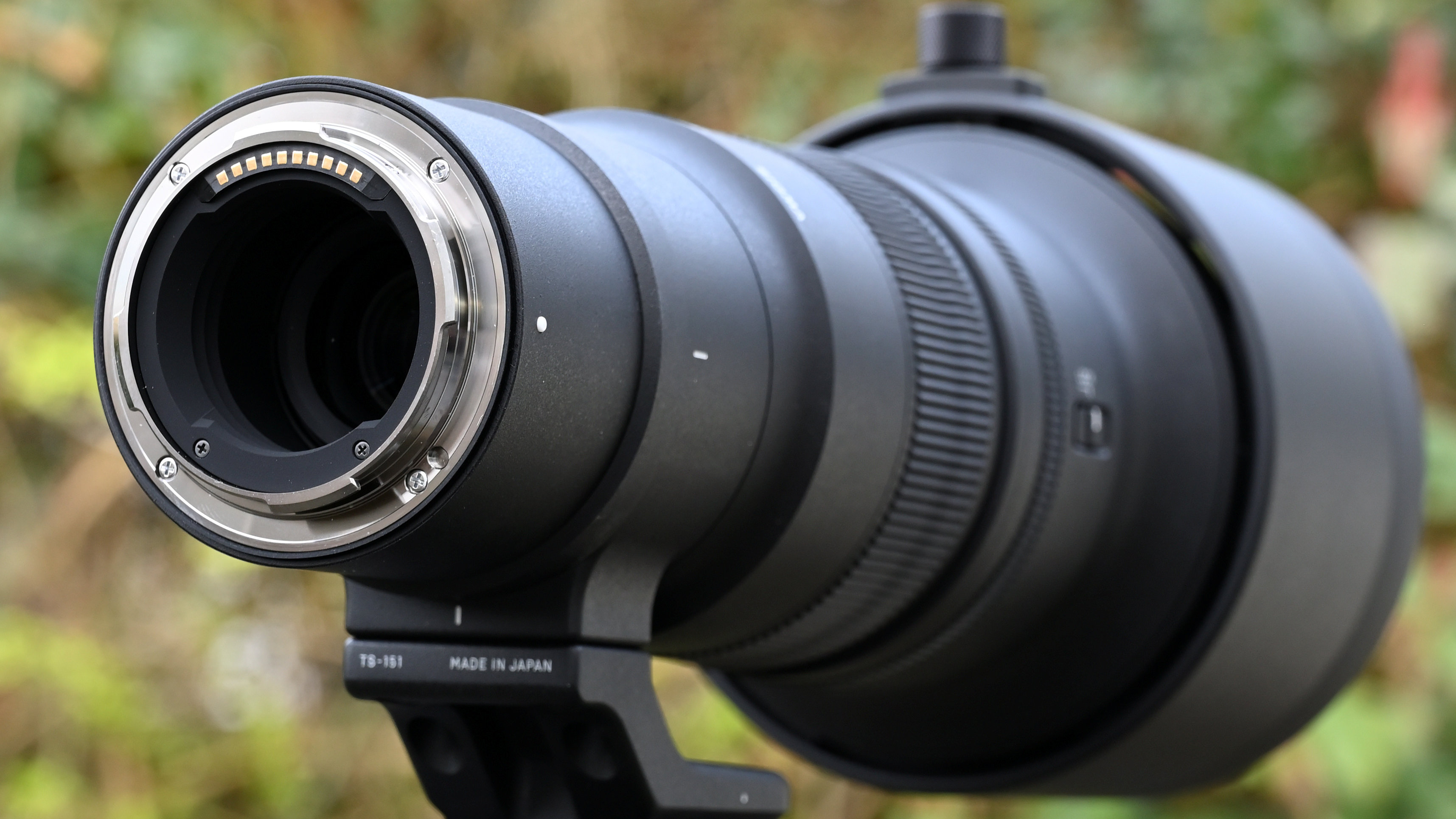
The optical design is based on 20 elements in 14 groups and includes two SLD (Special Low Dispersion) and three top-grade FLD (‘Fluorite’ Low Dispersion) elements with specialist convex low dispersion elements towards the front. The overall aim is to boost sharpness and clarity while keeping chromatic aberrations to a minimum, while refractive elements help to minimize ghosting and flare.

From a handling perspective, I like that the lens features an aperture control ring with a click/de-click switch, plus a switch to lock it in its Auto position for when I want to adjust the aperture from the host camera body. This avoids any accidental nudging of the ring from the Auto setting to very narrow apertures, something with which I’m all too familiar.
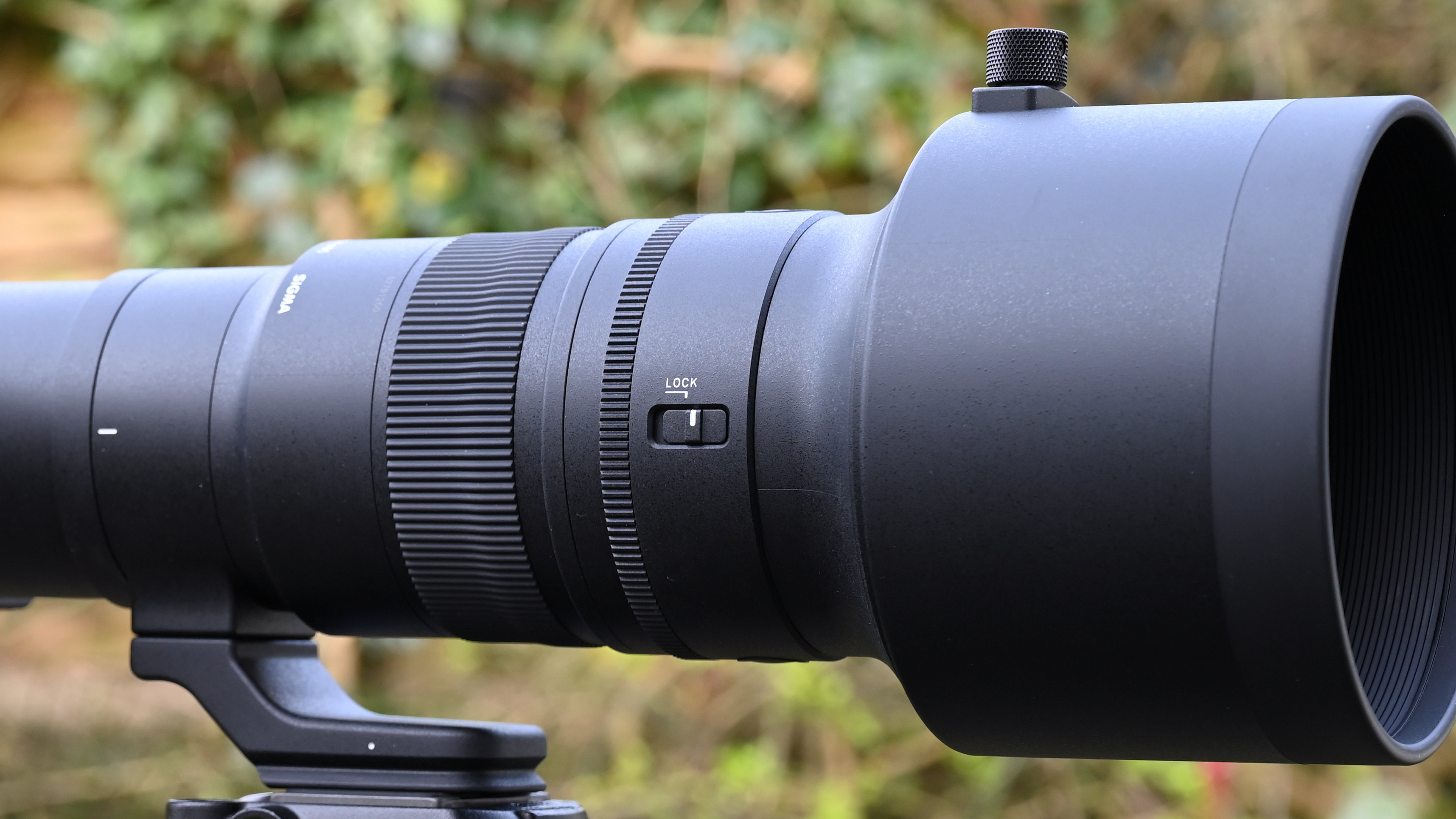
A bank of switches near the rear of the lens gives easy access to AF/MF focus modes, an autofocus range limiter that operates either side of 10m, and selection of static and panning optical stabilization modes, as well as switching off the stabilizer altogether. There’s also a dual-mode custom switch. You can use Sigma’s optional USB Dock to set up custom modes, for example adjusting how visible the stabilization effect is when composing shots. However, this accessory as well as Sigma’s compatible 1.4x and 2x teleconverters are only available for the Leica L mount version of the lens, not for Sony E mount.
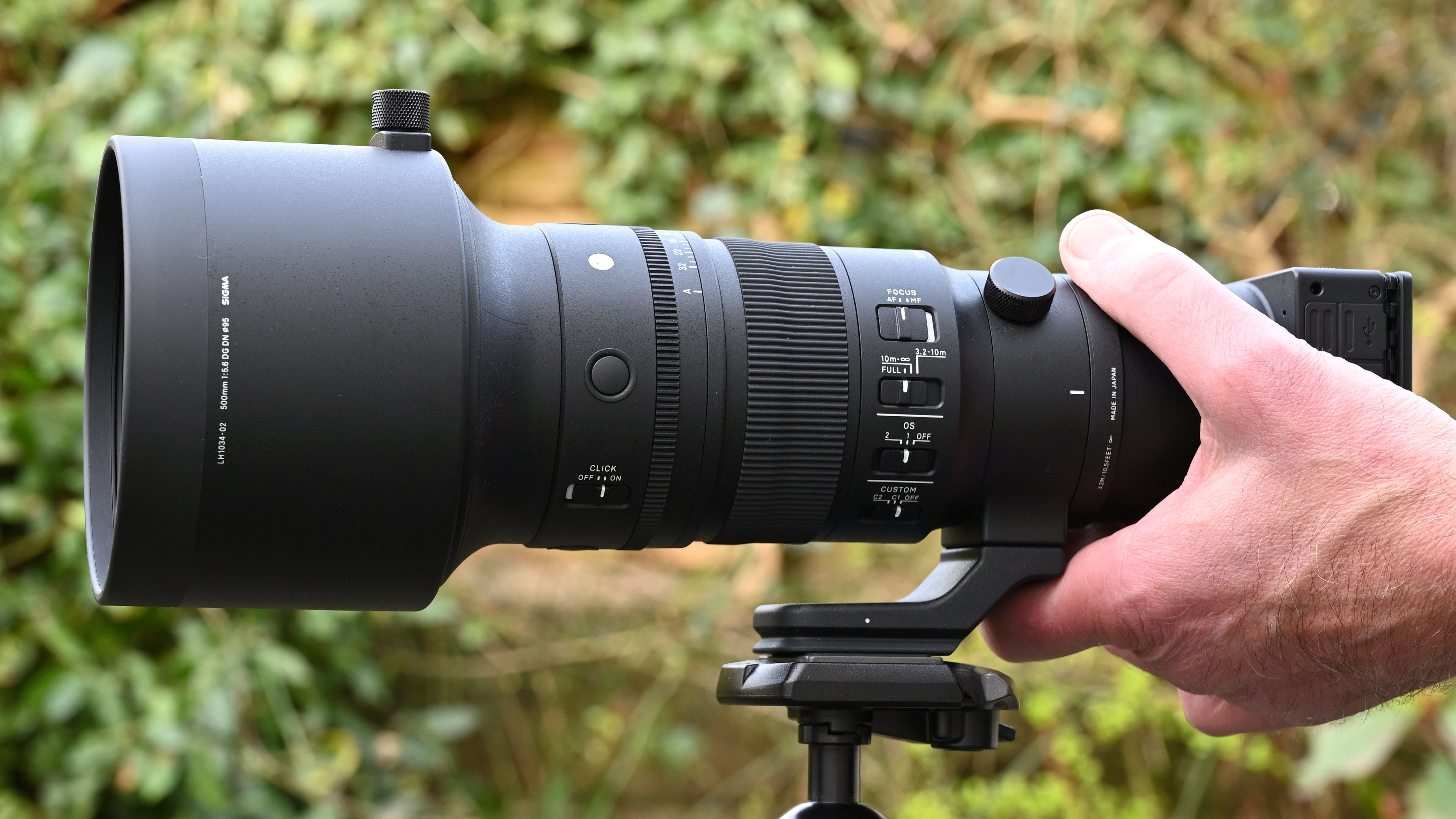
Naturally, sports, wildlife and press photographers have to go about their business whatever the weather, so I’m pleased that the lens features extensive weather-seals as well as a fluorine coating on the front element. The hood is particularly durable and features a locking screw, while the Arca-Swiss compatible magnesium alloy tripod/monopod foot is removeable with hex keys that are included in the box, leaving just the mounting ring still attached to the lens. The mounting ring itself works smoothly and has click steps at 90-degree intervals. As usual with Sigma Art and Sports lenses, this one also comes complete with a good-quality padded soft case and shoulder strap.

Sigma 500mm F5.6 DG DN OS Sports: Photo Performance
Sigma sent me an L-mount version of the lens to test, along with a 61-megapixel Sigma fp L camera body. That’s a demanding megapixel count for any lens, requiring excellent resolving power to make the most of the image sensor. Due to a very tight timescale leading up to the official launch of the lens, I was forced to take most of my test shots in very gloomy, rainy conditions. I can certainly vouch for the weather-resistant construction!
Despite the dull, rainy day, I found that autofocus was very quick to lock onto subjects and highly effective at tracking moving objects. The 5-stop optical stabilizer also earned its keep. As for pictorial quality, my dull-day images had plenty of bite, with excellent sharpness, contrast and clarity. I’m impressed that levels of sharpness are both very satisfying and extremely consistent from the widest aperture of f/5.6 down to f/11, as well as being remarkably uniform from the center of the frame to the extreme edges and corners.

Both axial and lateral chromatic aberrations are minimal, the latter being barely noticeable even at the edges and corners of the image frame. And unlike many recent lenses designed for mirrorless cameras, this Sigma is a virtually zero-distortion lens, requiring no automatic in-camera correction or adjustment during editing.
Sigma 500mm F5.6 DG DN OS Sports: Sample Images
I only had the lens for a very limited period leading up to its official launch, and sadly I have no control over the weather! The images in this gallery are a mix of shots taken outdoors on a dull rainy day, including a head and hat shot at a market, flowers and swans, plus some close-up shots taken indoors under artificial lighting.
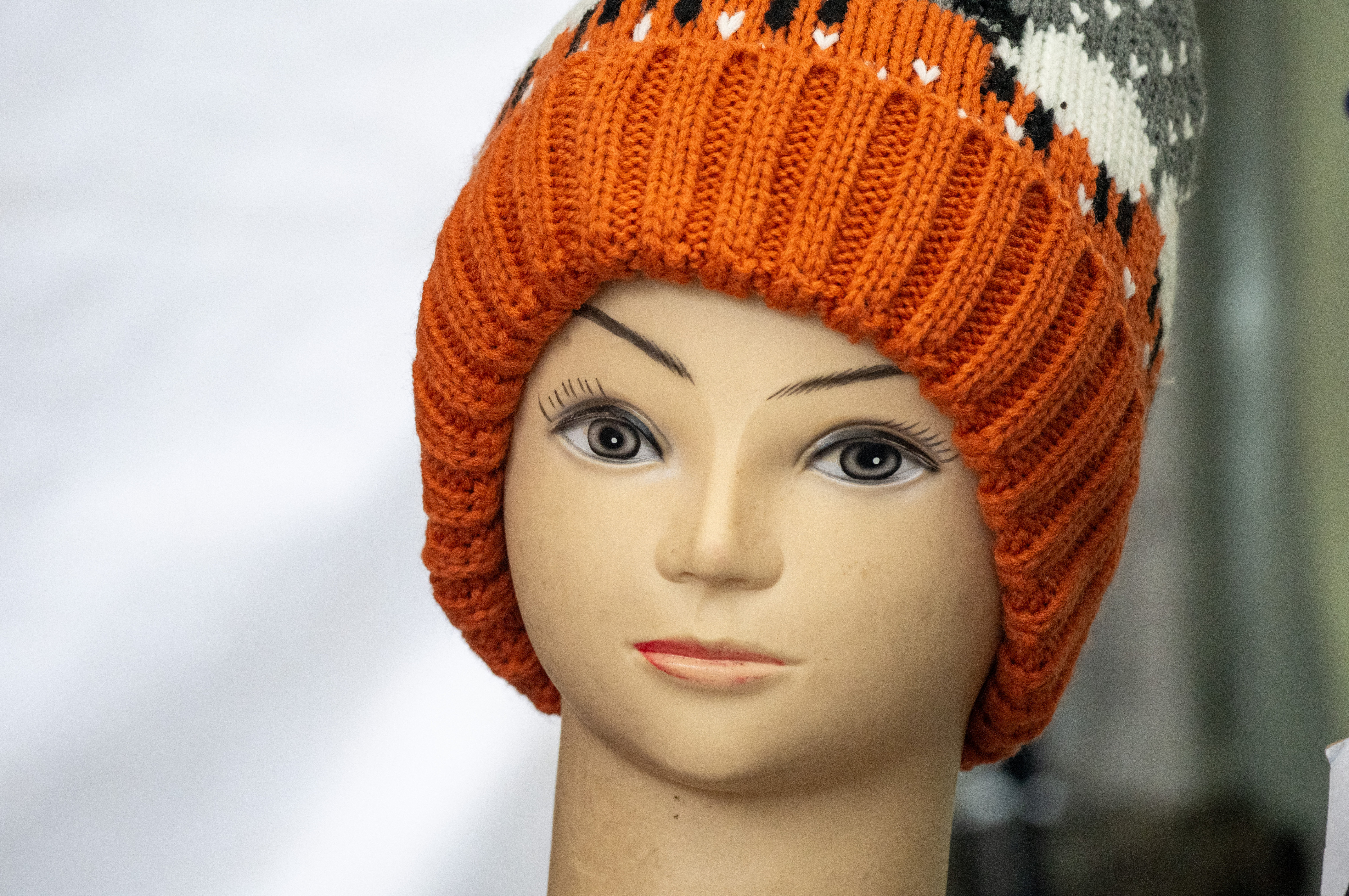








Sigma 500mm F5.6 DG DN OS Sports: Lab Results
We run a range of lab tests under controlled conditions, using the Imatest Master testing suite. Photos of test charts are taken across the range of apertures and zooms (where available), then analyzed for sharpness, distortion and chromatic aberrations.
We use Imatest SFR (spatial frequency response) charts and analysis software to plot lens resolution at the center of the image frame, corners and mid-point distances, across the range of aperture settings and, with zoom lenses, at four different focal lengths. The tests also measure distortion and color fringing (chromatic aberration).
Sharpness:
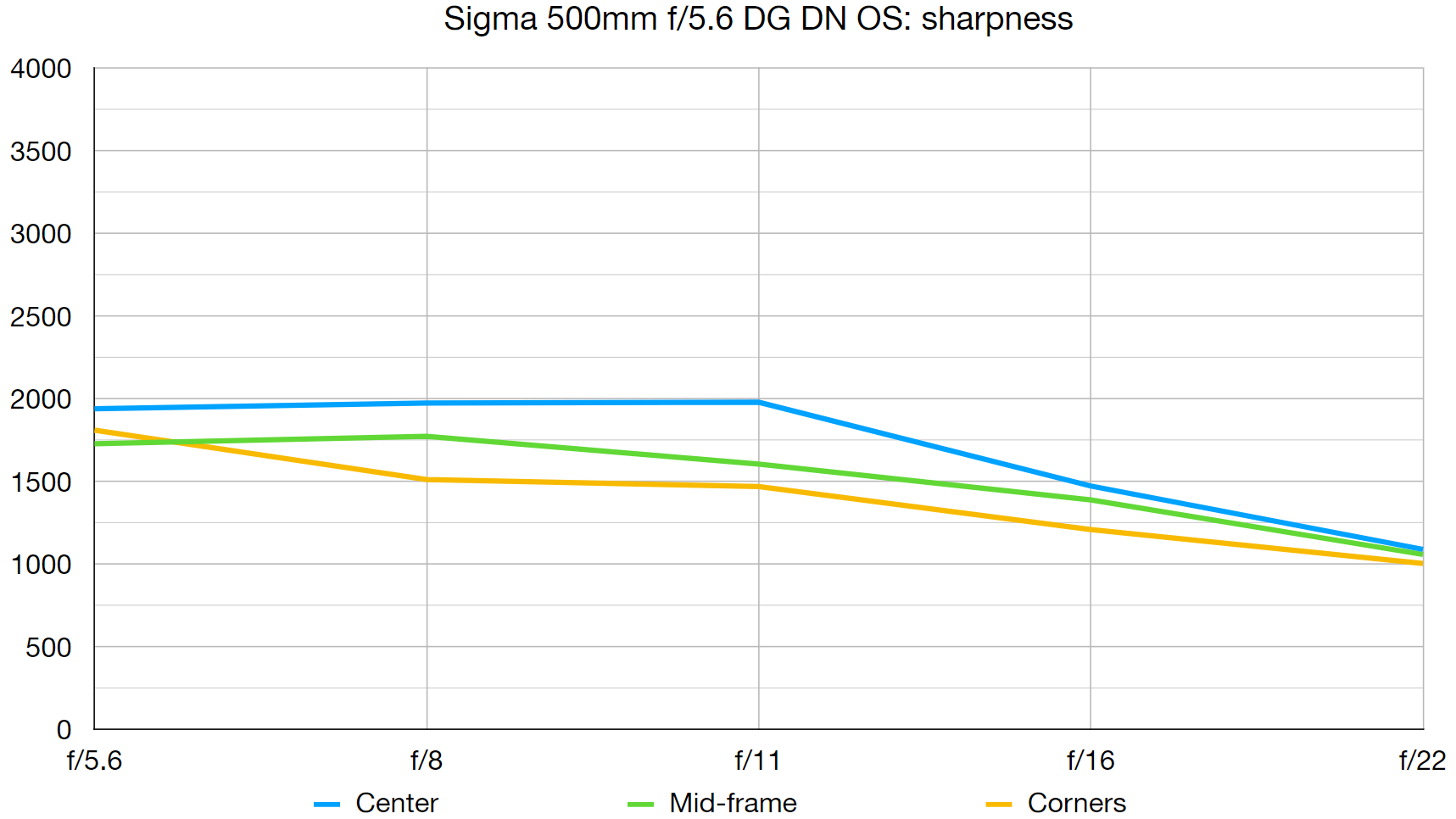
Based on close-range test charts, levels of sharpness aren’t as magnificent as we’ve seen from some recent lenses in our lab tests. However, in real-world shooting at focus distances more typical for super-telephoto shooting, our test shots were impressively sharp across the whole image frame, right into the edges and corners, and remarkably consistent from wide-open at f/5.6 down to f/11.
Fringing:
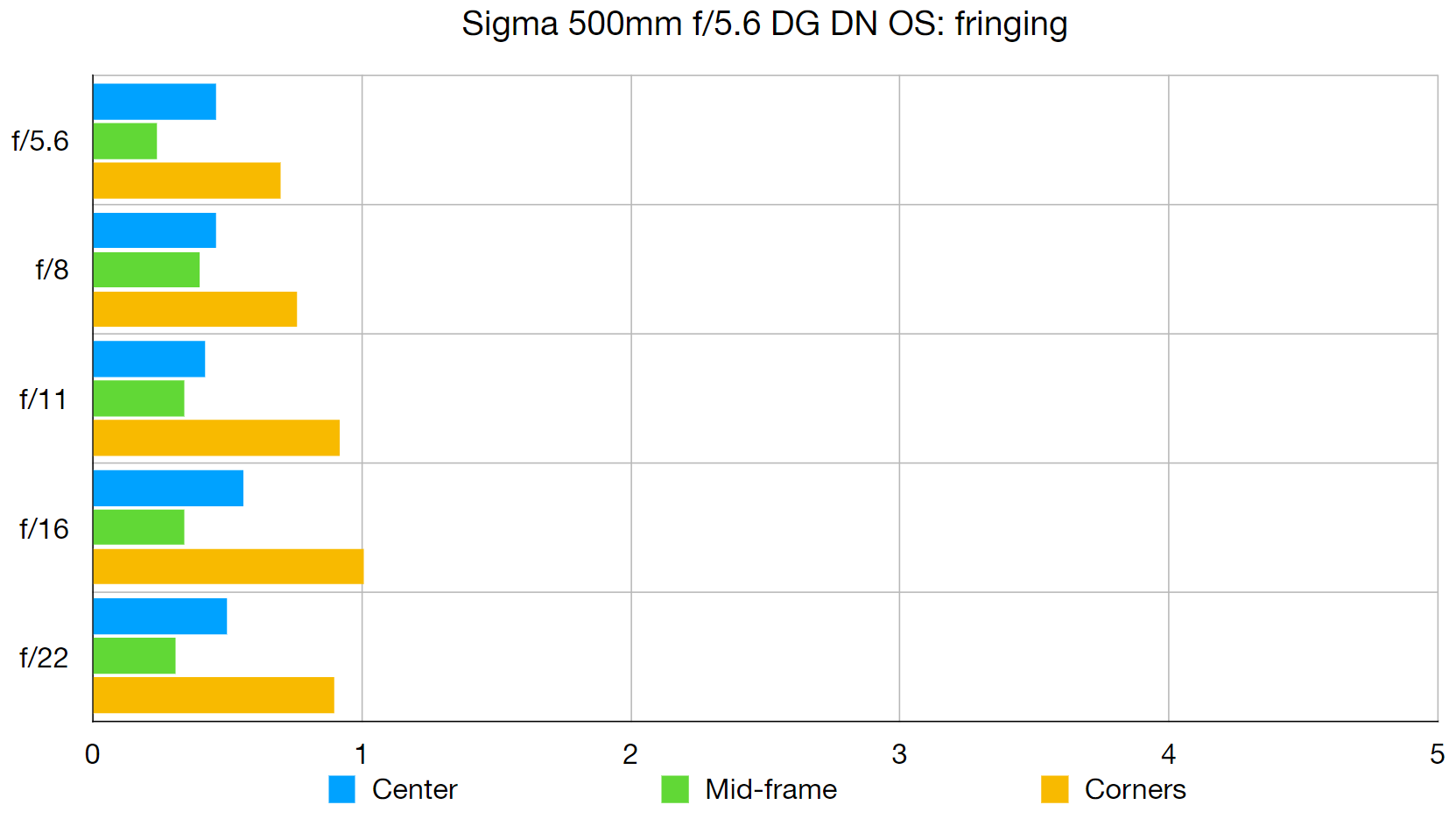
Color fringing is well controlled, with lateral chromatic aberration remaining minimal even at the edges and corners of the image frame. That holds true at all aperture settings.
Distortion: 0.03
This Sigma is virtually a zero-distortion lens. Our lab test result is as close to absolute perfection as makes no practical difference.
Sigma 500mm F5.6 DG DN OS Sports: Verdict
I love the freedom of handheld shooting when using a super-telephoto lens, so I can easily track the action in sports and wildlife photography. However, this type of lens is notoriously heavy and cumbersome, which can literally be a pain. Weighing in at 1,370g, I found the Sigma easily manageable even for long periods of handheld shooting, where the 5-stop optical stabilizer comes in really useful. I’m really impressed with the image quality, all-round performance and handling characteristics of this lens. It’s a great buy at the price, I just wish it was available in a wider range of mount options.

Should you buy the Sigma 500mm F5.6 DG DN OS Sports?
✅ Buy this...
- Relatively compact and lightweight
- Superb image quality and performance
- Excellent handling characteristics
🚫 Don't buy this...
- Only available in L and E mounts
- No Sigma teleconverters for E mount
- A zoom lens can be more versatile







